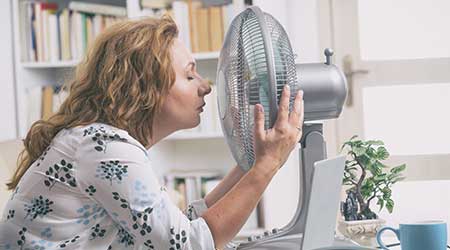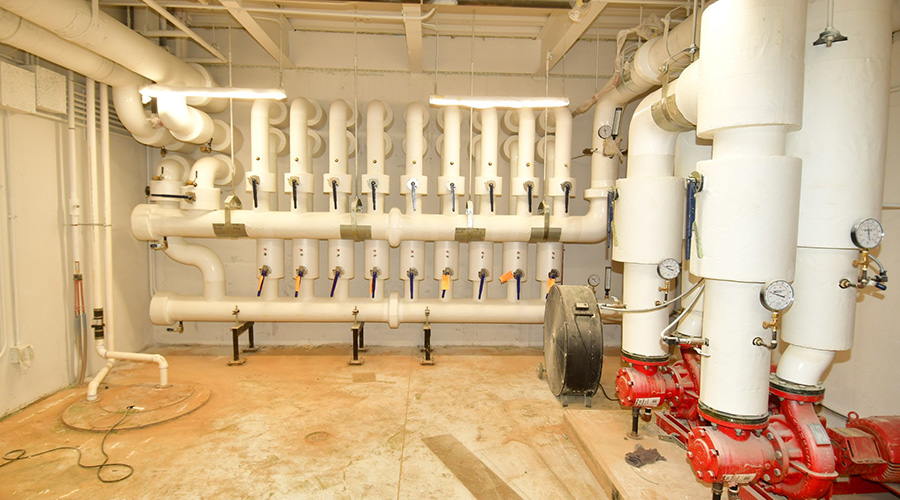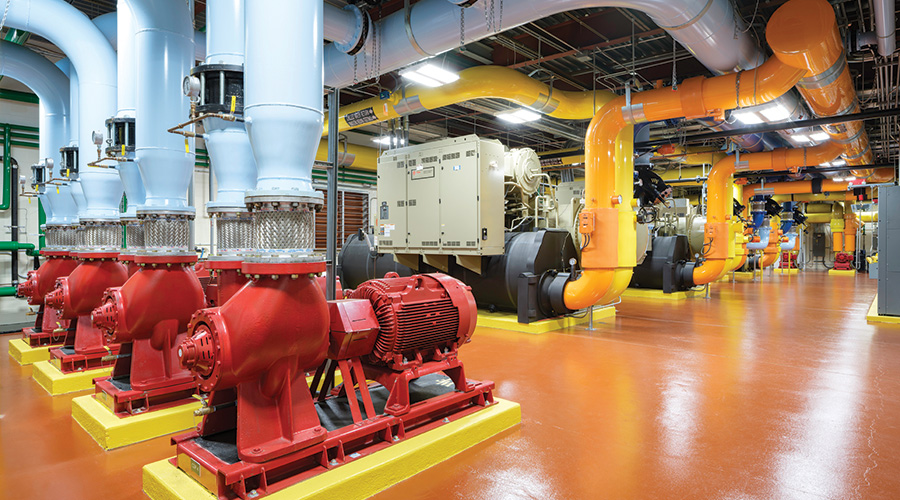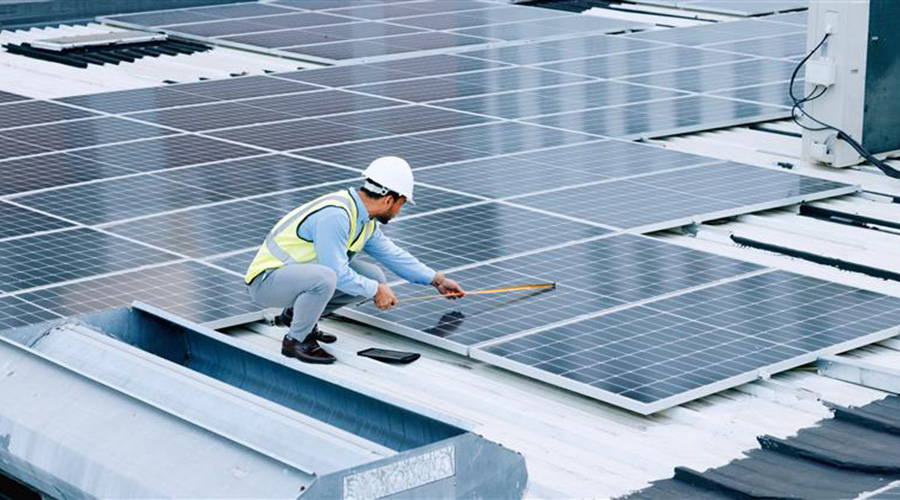Inspections, Education, Adjustments Can Help Solve Office Temperature Complaints
These three best practices can improve occupant thermal comfort and satisfaction in office space.
Location, location, location: When it comes to addressing thermal comfort issues, the next group of items involve location-based visual inspections (and as you can see, they are many):
• Ensure that outdoor/ambient temperature sensors are not located in areas that receive intense sun or full shade. This may lead to inaccurately higher or lower readings, engaging heating or cooling coils when not necessary.
• Review locations of supply diffusers and grilles. Review outlet air pattern (if adjustable) to ensure that they are pointing in the correct (most comfortable) direction.
• Review locations of return air grilles, transfer grilles, and transfer duct assemblies. Transfer duct assemblies could be short supplied air flow if a supply air diffuser is too close. The return air path wants low resistance, which would have minimal pressure drops back to the central AHU.
• Ensure that interior thermostats are located efficiently. Move them out of direct sunlight (just like the outdoor sensor). Keep thermostats away from exterior walls, where the temperature can be at its highest or lowest, depending on the temperature outside. It’s also important to ensure that thermostats are not in a direct line of supply airflow paths, pushing the warmest and coolest air right onto the sensor and creating falsely high or low readings before air is distributed through the space.
Locate thermostats near the return grille (which should be near a room’s exit door), to provide accurate readings from the mixed air leaving the space. But do not locate thermostats in typically unoccupied spaces. If you’ve recently gone through a remodel, for example, you might have one thermostat that now controls one regularly occupied office and one conference room. If the thermostat is in the conference room, it’s likely unable to moderate the temperature needs of the office next door and will lead to unhappy campers for most of the day. A private office may also have distinctly different heating and cooling needs compared to a densely occupied conference room during meetings.
Tenant Education
Talking with tenants and asking for compromise isn’t always easy. However, with education and discussion (especially on the front end of a move-in), it’s possible to prevent some thermal comfort issues before they materialize. Sometimes the best solution is to relocate employees away from hot or cold spots in the office. Windows are a big example. Consider this. Locations near the windows are sometimes the most highly coveted spots in the office. If employees can be educated on why glazing just doesn’t provide as much thermal insulation as typical walls, it may help them decide on whether that location will work for them or not. If they decide they can handle a little heat gain in the afternoons or cooler temperatures in the winter, they may be more inclined to prepare themselves to accept those conditions in exchange for the magnificent view.
Make Some Adjustments
Once you’ve cleaned equipment, performed inspections, and talked with tenants, a few adjustments may aid occupant thermal comfort.
• As noted above, a slightly positive pressure helps to create a buffer from the exterior. Specifically looking at lobbies, the addition of a cabinet unit heater in a vestibule may help that buffer in cold climates.
• If you’ve got a strong winter wind, we may want to talk relocation again. Locating a reception area to the side of a main entrance, rather than directly in front of doors, will help shield occupants who are closest to the exterior environment from extreme weather conditions, be it heat or cold.
• Relocate occupants who may be situated near a thermal bridge (in the exterior wall) where they experience thermal discomfort due to the difference in temperature.
• Review HVAC operating hours and set points. Ensuring that buildings start up and shut down at appropriate times can help with temperature control. However, consider these adjustments cautiously. Starting and stopping the building way before necessary may stop calls from coming in, but can cause extreme waste and high energy bills. Move start and stop times closer to occupancy by 15-minute increments. If you don’t receive hot or cold calls, try another 15 minutes until you’ve found the pain threshold. This ensures that you achieve a balance of comfort and efficiency.
Related Topics:














